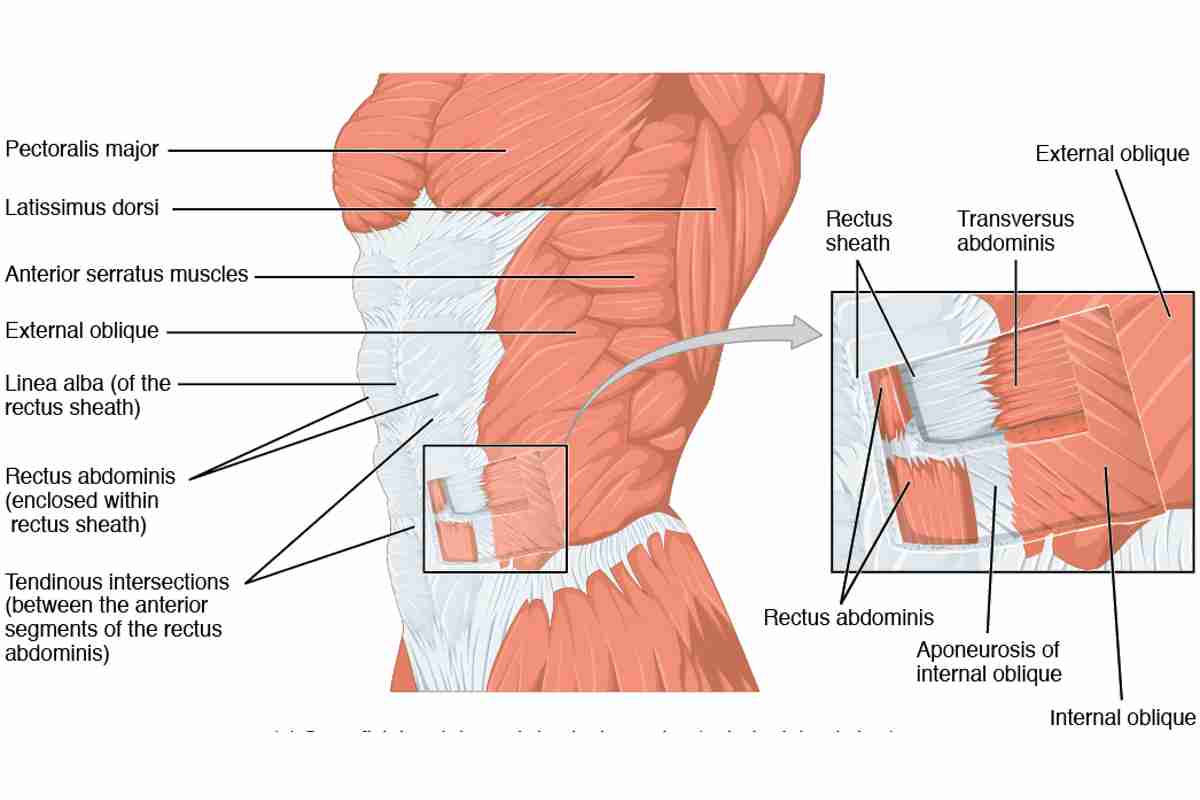What Are Core Muscles And Why Are They Important?

You have heard it time and time again: You must strengthen your core muscles. However, you need to figure out what core muscles are and what their importance is.
Core muscles are those muscles located in the body’s lower and upper trunk. The core muscles include muscles located in the spine, hip, and pelvic floor in addition to those in the abdomen. They enable a person to preserve good posture as well as provide protection to inner organs.
Good Posture
Good posture is essential. Those who don’t have it end up hunched over, with slumped shoulders, a curved spine, and their head just to the front, and they suffer the subsequent aches and pains that result from the bad carriage. Over time, a person actually appears shorter and may even literally lose inches if he doesn’t maintain good posture and keep his core muscles strong and supportive.
When working out, if an individual focuses on certain areas but ignores the core this can lead to back problems as well as poor bearing because there is unevenness in the body.
Pilates
Pilates is a specific type of exercise targeting the core, which many refer to as the powerhouse. The core is the physical axis of the body. When the core is routinely worked, the person’s limbs move in a far more relaxed way and there is better synchronization of movement.
When core steadiness is ultimately achieved through practice, this keeps the spine and pelvis in the preferred position, when moving the limbs. A strong core prevents detrimental compensations or distortions leading to injuries. Puny core muscles make a person more disposed to muscle injuries, lower back pain, and bad posture.
Back Extension
When doing an exercise requiring the use of the back muscles and abdominal muscles in a synchronized manner, this is a core exercise. An example of a good core exercise for beginners is the back extension. Lying face down on the mat, keeping your legs extended and together, now bend your arms and place your hands on the back of your neck.
The head and neck are in a neutral position. Lift the chest and shoulders up off the ground. The abdomen and legs remain on the ground. Hold this position for two counts. Release the position and slowly lower the upper torso to the floor. Repeat.
Also Read: Intermediate Training Guide for Moms
Plank
Another good exercise for the beginner is the plank. Lying on your stomach, your arms are bent at the elbow, and your forearms are flat on the ground. Your fingertips are pointed to the front. Your feet should be an inch or so apart. The spine is in a neutral position. Lift your body up onto your forearms and toes. Your body is straight (like a plank.) Your forearms and toes are supporting your weight. Maintain this posture for a minute. Gently lower your body to the floor, rest, and then repeat the posture.
To engage your core in your workout session, tighten your abdominal muscles as if you are about to get punched in the gut. Do not hold your breath. When tightening the abdominal muscles mobilizes the core muscles that surround the spine and helps firm the abdominal area.
When core muscles are sturdy this leads to balance, which leads to the alignment of limbs. Flexibility is also enhanced. When the core becomes strong, you are far less likely to hurt yourself when lifting heavy objects.